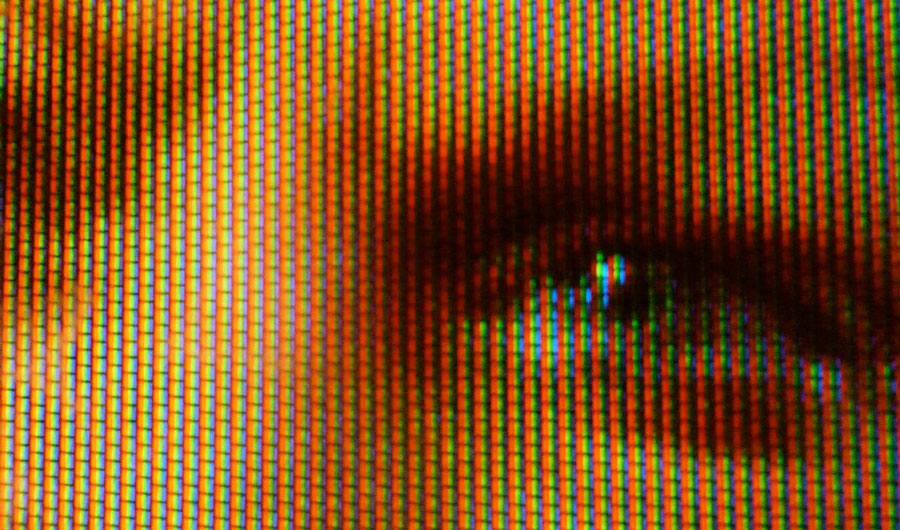Hacking Our Eyes for Better VR Headsets

Virtual reality technology has come a long way since its wacky roots in the 80s and 90s. It is difficult to describe the joy today’s VR can provide, be it slicing glowing neon blocks to a K-pop song with light sabers, or dodging bullets while controlling the speed of time.
However, if your vision is 20/20, you may still be disappointed with the relatively low resolution of even the best VR headsets. Today, high-definition TVs and smartphones boast “retinal resolution,” where the pixels are smaller than what the human eye can discern.
In comparison, the relatively grainy display inside VR headsets may seem lackluster — so bad that you can see the gaps between individual pixels as if you are looking through a screen door.
But smaller and denser pixels aren’t the only solution to this problem. Engineers are looking into other ways to improve VR headset displays — by taking advantage of the anatomy of our eyes.
Millions of little pixels
The iPhone 11’s crisp, clear display packs a whopping 3.3 million pixels on a 5.8-inch screen. Although many VR displays contain even more pixels, they somehow look worse.
That’s because when you look at your phone, the 3.3 million pixels only occupy a sliver in your entire field of view, while a VR headset’s pixels stretch across a much larger area. To put it in numbers, a smartphone screen held at arm’s length occupies roughly 20 degrees of your field of view, while a VR headset often needs to fill more than 90 degrees for each eye.
“If you want the same number of pixels per degree — to have retinal resolution at that large a field of view, you’ll need about 60 million pixels per headset,” said Ed Tang, co-founder and CEO of Avegant, an augmented reality display technology company.
Even with today’s state-of-the-art technology, it’s hard to pack that many pixels into a headset without it getting impractically large.
There are three competing challenges stemming from the same problem. “One is the field of view, another is the resolution, another is the compactness,” said Brian Wheelwright, an optical scientist from Facebook Reality Labs, which focuses on research in virtual and augmented reality technologies. Facebook acquired Oculus VR in 2014.
While packing twenty times more pixels into the same area may not be impossible, this isn’t the only issue associated with attempting a brute force solution — the computing power needed to process these pixels will also sky-rocket.
Luckily, there is a short cut.
A way to cheat the system…


